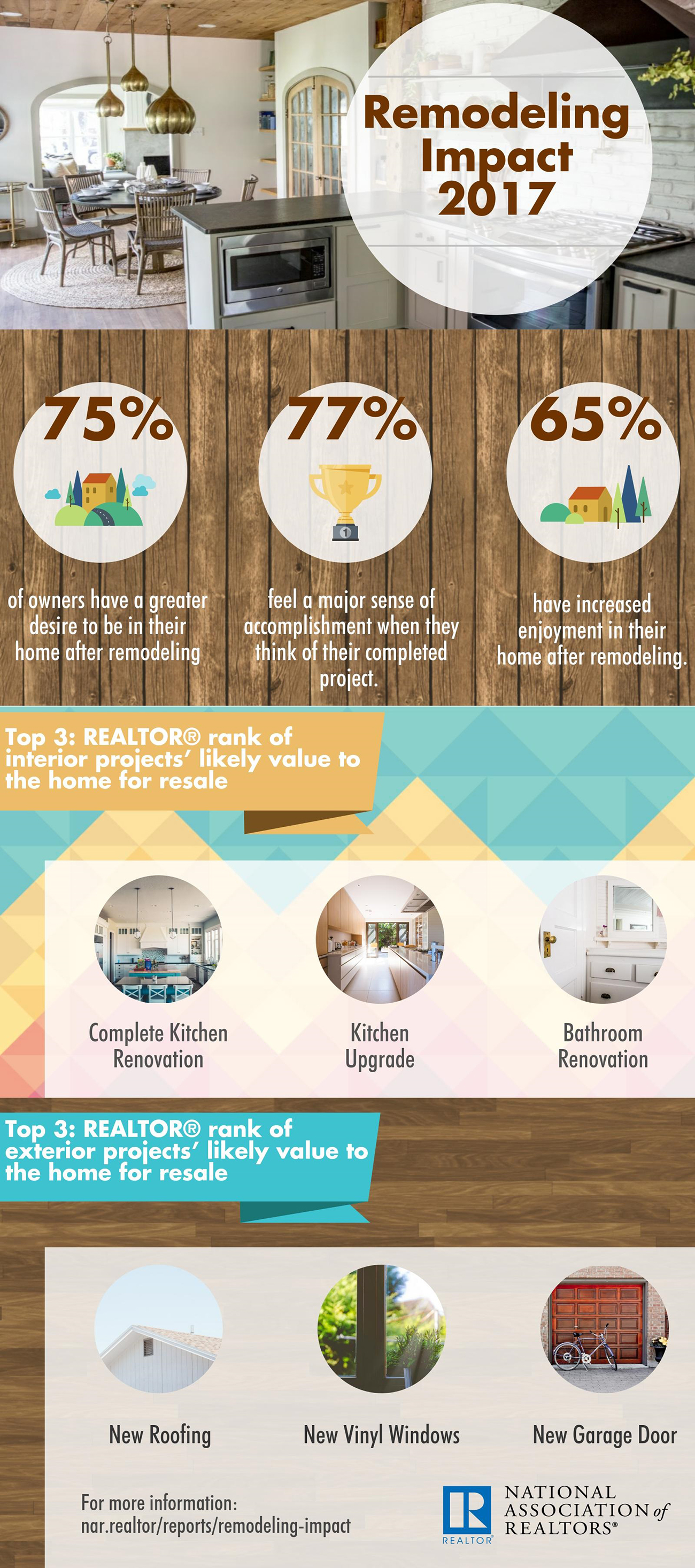Explore Ways To Develop Your Cooking Area Remodel With Sustainability In Mind
Explore Ways To Develop Your Cooking Area Remodel With Sustainability In Mind
Blog Article
Team Author-Faber Randrup
In the realm of home improvements, the cooking area stands as a focal point for sustainability upgrades. A shift towards environmentally friendly options throughout a remodel not only improves the visual allure yet likewise straightens with ecological duty. By meticulously choosing materials and devices with a concentrate on sustainability, individuals can change their kitchen areas right into eco-conscious rooms that promote a greener lifestyle. The journey in the direction of a more environmentally friendly home begins with the heart of the house-- the kitchen.
Energy-Efficient Home appliances
When starting an eco-friendly kitchen remodel, one essential element to take into consideration is the unification of energy-efficient devices. Energy-efficient devices are developed to eat less electrical power or gas compared to typical models, leading to lowered energy consumption and reduced energy expenses. These home appliances frequently bear the ENERGY celebrity label, indicating that they meet strict energy effectiveness guidelines set by the U.S. Epa.
By choosing energy-efficient refrigerators, dish washers, stoves, and other kitchen area devices, home owners can considerably lower their carbon impact while taking pleasure in the benefits of contemporary technology. https://patch.com/california/calabasas/classifieds/announcements/381399/rustic-bathroom-ideas-for-a-stylish-space with features like clever thermostats, eco settings, and boosted insulation to optimize power savings.
Buying these devices not just contributes to a greener environment however also adds worth to the home.
When looking for energy-efficient appliances, contrast the power rankings and yearly operating costs to make enlightened decisions. In addition, think about the size of the appliance and exactly how it suits your kitchen design to ensure a smooth and efficient remodel.
Lasting Materials Selection
For an eco-friendly kitchen area remodel that prioritizes sustainability, choosing products that are eco-friendly and morally sourced is critical. Selecting sustainable materials such as bamboo, recovered timber, recycled glass, and recycled metal can considerably reduce the environmental impact of your kitchen area remodel.
Bamboo is a fast-growing and renewable energy that produces durable and stylish flooring, closets, and counter tops. Reclaimed wood adds personality and heat to your kitchen area while lowering the demand for new lumber. Recycled glass kitchen counters provide an one-of-a-kind and eco-friendly alternative to standard granite or marble choices. Additionally, choosing recycled steel for fixtures and hardware can further improve the sustainability of your cooking area remodel.
When selecting products, look for certifications such as Woodland Stewardship Council (FSC) for wood items, Cradle to Cradle for total sustainability, or GreenGuard for interior air top quality. These certifications make sure that the products you pick satisfy certain environmental and ethical requirements, helping you produce a greener and much more lasting cooking area space.
Waste Decrease Strategies
Applying reliable waste decrease techniques is essential for a truly lasting and green cooking area remodel. To minimize waste throughout the remodelling procedure, consider restoring and repurposing products from the existing cooking area anywhere feasible. Give away usable products like closets, home appliances, and components to companies or individuals in need, instead of discarding them. Go with How To Finish A Concrete Basement Floor with very little product packaging or those made from recycled materials to minimize waste generated during the remodeling project. Additionally, pick sturdy products that have a longer lifespan to lower the need for constant replacements, which can contribute to garbage dump waste.
During the cooking area remodel, established designated reusing terminals for materials like cardboard, plastic, glass, and steel to make reusing convenient for everyone involved in the task.
Composting organic waste such as food scraps and backyard trimmings is another reliable waste reduction technique that can divert waste from land fills and create nutrient-rich dirt for horticulture.
Final thought
In conclusion, integrating energy-efficient appliances, sustainable materials, and waste reduction strategies in a cooking area remodel can significantly add to a greener home and a more sustainable future. By making conscious selections to reduce ecological impact and carbon footprint, house owners can develop a more environmentally friendly space that benefits both the atmosphere and their budgets. It is important to focus on sustainable choices when restoring to promote a much healthier world for generations to come.
